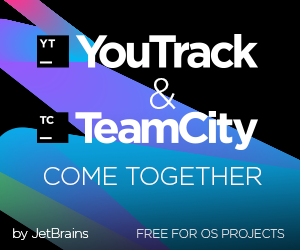This library/code provides lightweight infrastructure for doing eventsourcing using aggregates. It's not a framework, and it never will be. Period.
The preferred way of using it, is copying it into your project and getting rid of all the cruft you don't need. That said, there are NuGet packages available for those of you that are pressed for time and don't mind following the prescribed recipe.
It's well suited for those scenarios where multiple aggregates need to collaborate and is lenient to saving multiple aggregates in one go should your underlying store allow you to do so or your problem domain require you to do so. Of course, nothing is holding you back from throwing when multiple aggregates have been changed. I just think this shouldn't interfere with the programming model you use. Granted, for affecting only one aggregate, there are simpler solutions and to be honest, what I bring you here is in no way unique:
- https://github.com/gregoryyoung/m-r
- https://github.com/joliver/CommonDomain
- https://github.com/Lokad/lokad-iddd-sample
- https://github.com/thinkbeforecoding/m-r
- https://github.com/elliotritchie/NES
- https://github.com/jhicks/EventSourcing
- https://github.com/tyronegroves/SimpleCQRS
Contains the core types that you will want interact with when building your domain model. A more thorough explanation can be found here
Helps you write test specifications, using a simple, codified statechart and a fluent syntax. A more thorough explanation can be found here
Licensed using a BSD 3-Clause License. See License.txt for more details
Have questions? Head on over to the discussion group: https://groups.google.com/forum/#!forum/aggregatesource
RunRightOffThe.bat provides a sanity check. It's a combination of RunMeFirst.bat and RunBuild.bat. Before working with the solution it's probably best to run the RunMeFirst.bat, well, first. It restores NuGet packages and downloads and unzips a version of GetEventStore. RunBuild.bat and RunTest.bat should speak for themselves.
The build is generously hosted and run on the CodeBetter TeamCity infrastructure, courtesy of JetBrains. In the future, NDepend will be used to analyze the assemblies.
| Status of last build | |
|---|---|
| master |
- Yves Reynhout (@yreynhout): Maintainer
- Martijn Van den Broek (@martijnvdbrk):
Optional<T>as a struct - James Nugent (@jen20):
ConstructorScenarioFor<TAggregateRoot>, GetEventStore integration


